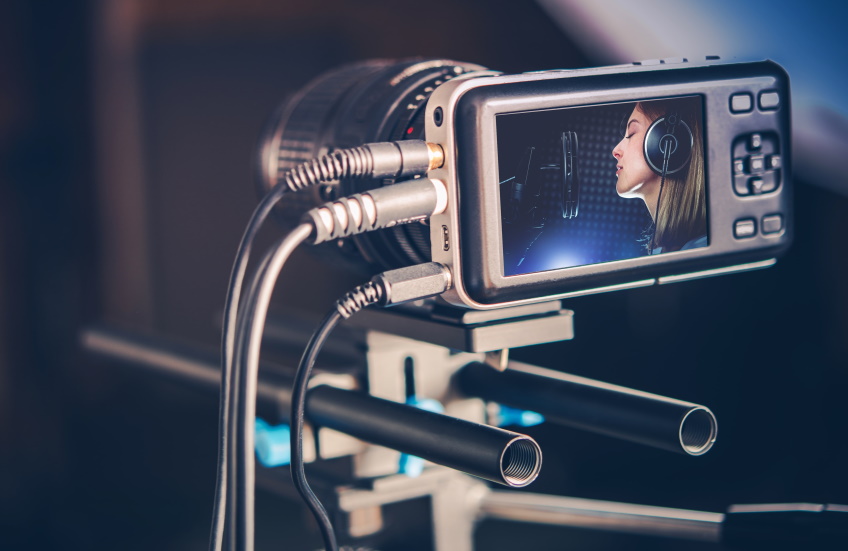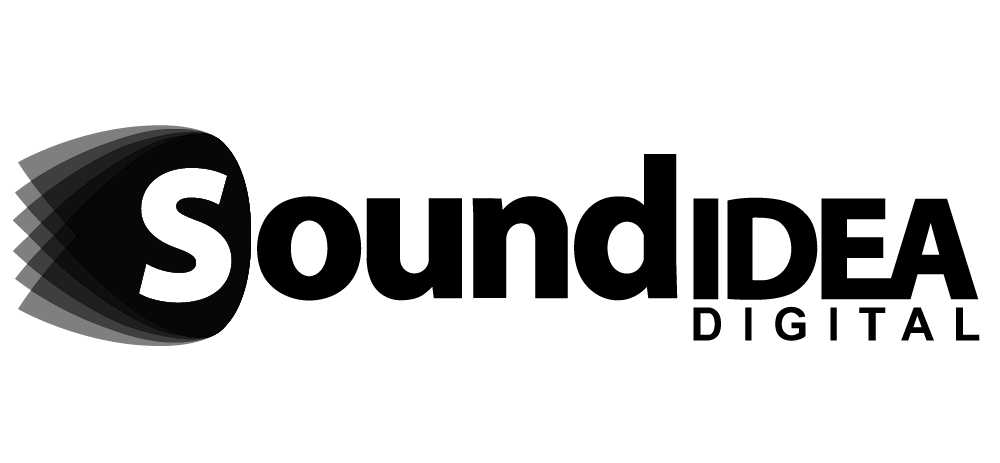
Voice Options for Video Production
Voice plays an essential role in video production, it acts as the primary form of narration and often gives direction to the video content. There are many methods of voice recording, some of which may determine the style of video. Understanding them will aid you in planning your video production content more effectively. Let’s begin by breaking down the styles of voice recording:
Professional Voice Artist
A professional voice artist is typically hired from a talent agency. They tend to charge a large fee, and depending on the nature of the video production may incur additional royalty fees. For any immersive content, like documentaries or marketing videos a professional voice artist is essential.
Advantages:
- You can peruse the agency’s portfolio to find the perfect voice for your video.
- Professional voice artists are usually highly effective at recording, which means there are less delays in production.
- Some voice artists have their own studios which means there is no need to hire a recording booth or venue.
- You can hire the same voice artist for multiple projects which maintains your brands identity throughout your video content.
Disadvantages
- Costly, if the content has a marketing purpose there may be additional royalty fees down the line.
- A voice artist still needs to be recorded which is still time consuming.
- If you plan on updating your content at a later stage, there will be additional costs involved.

Text-to-speech For Video Production
This technology has come a long way, gone are the days of robot-sounding voices. With the introduction of artificial intelligence and the rise of eLearning content development the demands for text-to-speech have skyrocketed.
Advantages
- This method has the fastest turn-around, there are no delays as the narration can easily be created and edited from the same source.
- Text-to-speech is very easy to update and repurpose, including elements like pronunciation and grammar.
- The most budget friendly option for narration, many text-to-speech options are completely free and feature rich.
Disadvantages
- Choices for voice options may be limited, particularly in local dialects and accents.
- May require additional editing, particularly if the script is using unfamiliar terms.
- Is not well suited to any immersive content as the voices tend to be rather monotone.

In-House Talent
In some cases, recording one of your own staff members for narration may be the best option. Particularly in video production that involves subject matter experts or testimonials. For this type of recording, preparation is essential and requires a strong technical set up.
Advantages
- Does not incur any additional costs as your narrators are part of your team.
- May be more believable, as the story is being told by individuals involved rather than an actor.
- May be easy to update and repurpose provided the same team members are still available.
Disadvantages
- Takes time to prepare, some employees may come across as nervous when being filmed or recorded.
- May lack continuity if the employees have since left.
- Delivery may require some additional editing as the individuals being recorded are not professionals.

Voice Modulation Software in Video Production
Voice modulation software allows for the alteration and enhancement of recorded voices. These tools can modify pitch, tone, speed, and other characteristics of the voice, making it more versatile in post-production.
Advantages
- Versatility: Can modify a single recording to fit various emotional tones or contexts, saving the need for multiple takes.
- Time-saving: Adjustments can be made in post-production rather than re-recording entirely.
- Cost-effective: Once invested in, the software can be used repeatedly without incurring additional costs per use.
- Can correct minor imperfections: Background noise, disturbances, or pitch irregularities can be rectified.
Disadvantages
- Requires technical expertise: Using the software effectively requires training and practice.
- Authenticity: Over-modulation can make the voice sound unnatural or robotic.
- Software costs: Initial investment might be high depending on the software chosen.
- Compatibility: Not all software is compatible with every video editing platform.

Live Voice-over During Video Production
This involves real-time narration while the video is being shot. It’s often seen in live events, webinars, or news broadcasts.
Advantages
- Real-time interaction: Offers the opportunity to respond to live events or feedback immediately.
- Authenticity: Provides a spontaneous and organic feel to the narration, making the content relatable.
- Reduces post-production time: Since narration is integrated with the filming, it can accelerate the production process.
Disadvantages
- Limited to a single take: Mistakes made during live voice-overs cannot be rectified without re-shooting the entire segment.
- Requires synchronisation: The narrator and video crew must be perfectly in sync to ensure timing matches the video content.
- Environmental disruptions: External noises or disturbances can intrude upon the recording, potentially compromising quality.
- Pressure on the narrator: Live recording can be stressful, and the narrator may not always deliver their best under pressure.
The choice of voice option for video production largely depends on the nature of the content, budget, and desired outcome. Each method comes with its unique advantages and challenges, making it crucial to consider all factors before finalising a voice recording strategy. It’s essential to evaluate both short-term and long-term requirements, ensuring that the chosen method aligns with the video’s purpose, audience expectations, and the brand’s overall messaging.
Looking to produce a video? Get in touch with our team today!
We are a full-service Web development and Content Production Agency in Gauteng specialising in Video Production, Animation, eLearning Content Development, and Learning Management Systems. Contact us for a quote. | Info@soundidea.co.za | Our Portfolio | +27 82 491 5824 |



